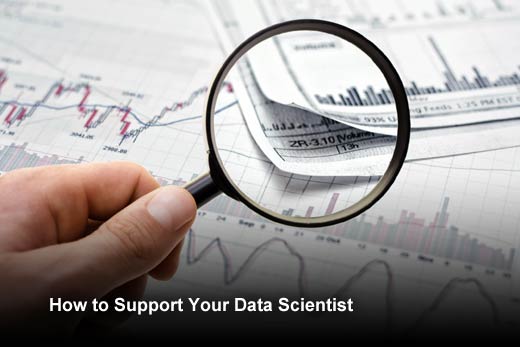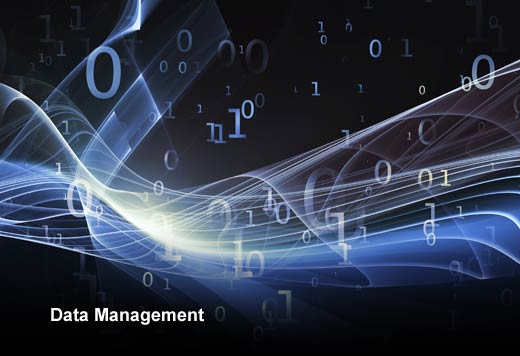The data scientist has practically become a mythical creature in business lore. Revered, rare, and – purportedly — supernatural in their abilities. As early as 2012, the data scientist was lauded as the “Sexiest Job of the Century.” However, as Big Data has matured into a household term, businesses have begun to transition away from the hype. In many cases, ambitious analytics projects and big budgets have melted away, revealing the day-to-day — and unforeseen — problems of implementation.
The problem is that many of the world’s data scientists find themselves not so much massaging data for insight, as simply trying to manage data to render it workable. In short, data scientists are not getting to spend much time being data scientists.
Their work is not simply about crunching numbers; it’s a nuanced and multi-faceted field that combines equal parts of imagination, curiosity, and technical skill. But it has become clear that even the best data scientists need extensive support from business and IT units in order to perform their true role. In this slideshow, ZL Tech has identified some tips for making it happen.
How to Support Your Data Scientist
Click through for tips on how IT and business units can better support the data scientist role and improve the overall ROI, as identified by ZL Tech.
Data Management
Don’t depend on data scientists for data management.
Let your data scientists focus on data science, not data management. For analysis and statistics on enterprise data to provide insight and ROI, data needs to be properly managed first, and then managed and cleansed over time. Currently, many data scientists spend much of their time not manipulating and analyzing data, but rather trying to simply cleanse and ready it for analysis. Focus on data management architecture that consolidates control and access of data as much as possible.
Data Quality
Understand that data quantity does not make quality.
Yes, it’s (sometimes) true that bigger data is better, but only if that data is representative of what you want to analyze. Analyzing public social media data for customer sentiment will do little if most of the company’s negative feedback comes from private customer support emails. Likewise, a sudden dip in sales provides little information on its own; context must be derived from other sources. Skewed data sets, often used due to convenience or lack of other options, can ultimately be more dangerous than no data at all.
Software Interface
Don’t be fooled by visualizations.
We’re all human, and a dazzling interface can be deceiving to even the most seasoned professionals. But for business teams selecting analytics software, you can’t let the UI dictate the final purchase. While sophisticated visualization tools are a core fundamental of good analytics software, the data being analyzed is still more important. As the analytics market becomes more accessible to non-technical teams, it is more important than ever to loop in technical experts on product evaluation to ensure the data being processed is the right data rather than just the data that happens to be most accessible.
Open Communication
Don’t let data scientists work in the dark.
This isn’t about turning on the lights in the server room; it’s about making sure that data scientists don’t operate in isolation. The insights provided by analytics can be fascinating and powerful for driving business strategy, but they can paradoxically also cause risk. Communications that hint at harassment, customer complaints of adverse reactions, and reports of dangerous defects can all come to light when conducting broad analysis of multiple data types. It’s important for data scientists to have an open line of communication with compliance, legal, and risk management teams.
Product Acquisitions
Keep data scientists in the loop for product acquisitions.
In business, it’s not uncommon for purchases to be made by those who aren’t necessarily the practitioners who will be using the product. In the case of analytics, this can be a critical – and expensive – mistake. In order for analytics professionals to successfully do their job, they depend on the quality of data and the capacity for an analytics product to handle both the scale and variety of content involved. Sticker price isn’t everything; use the expertise of your data scientist to evaluate whether the tool or platform will be appropriate for the job and a good value.








